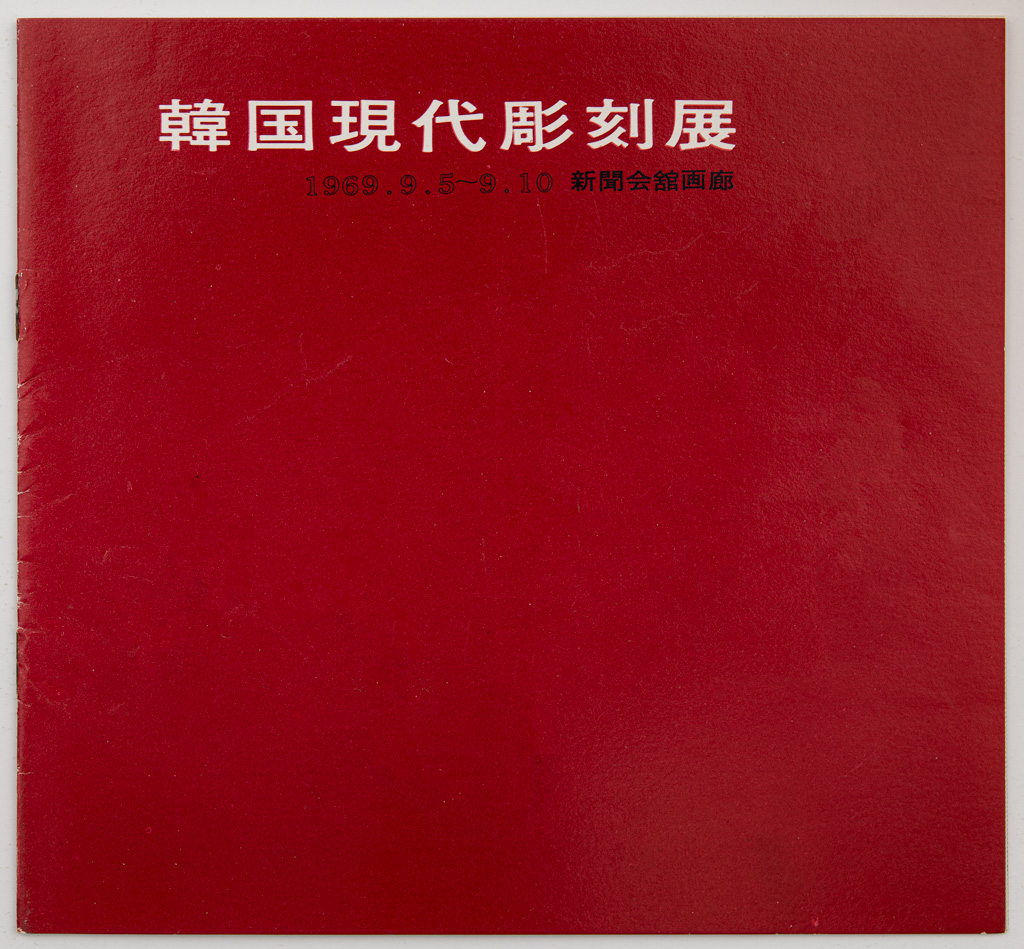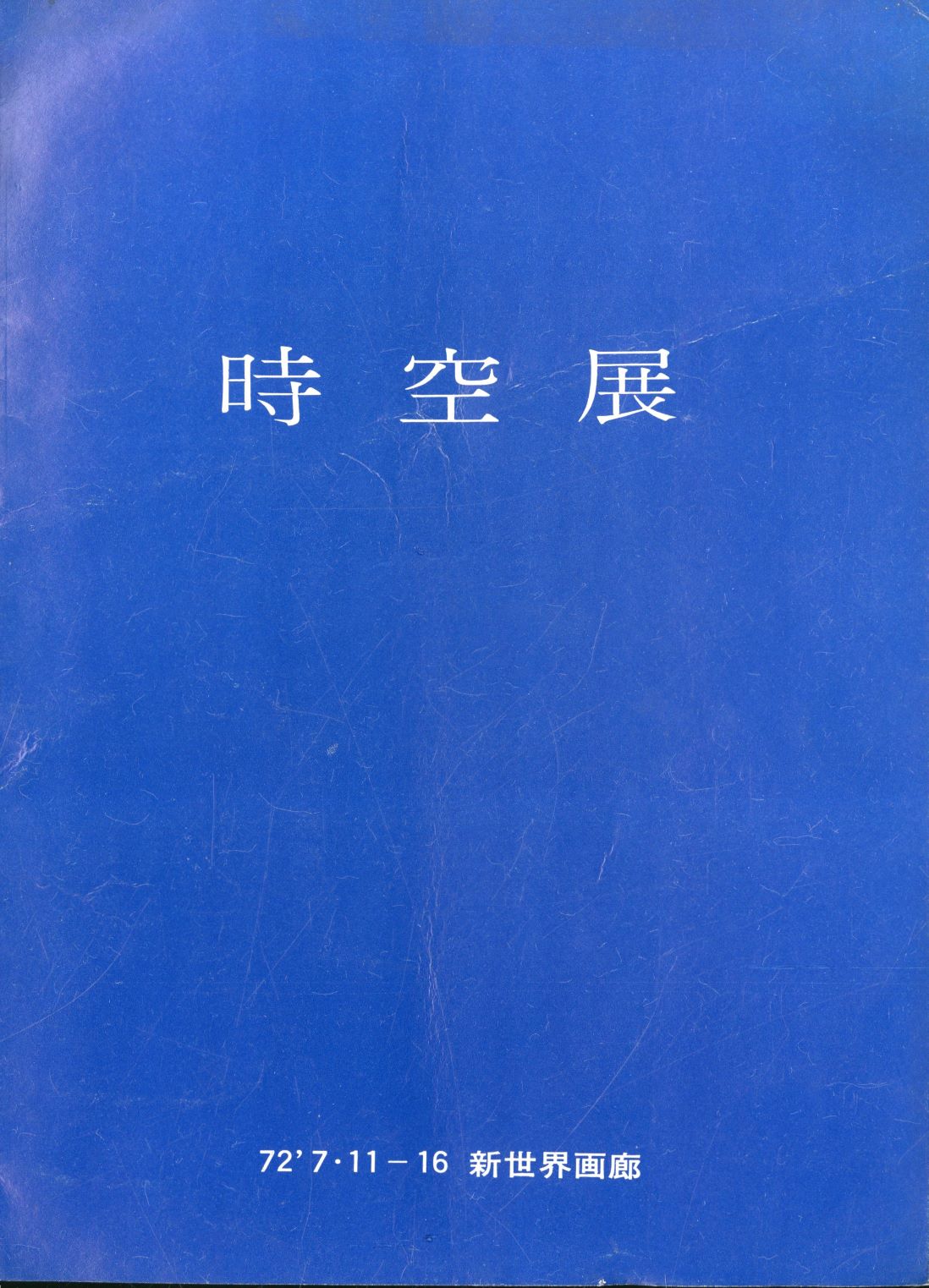
The First Korean Contemporary Sculpture Society Exhibition, 1969. MMCA Art Research Center Collection
Korean Contemporary Sculpture Society
* Source: Multilingual Glossary of Korean Art. Korea Arts Management Service
Related
-

Department of Art at Hongik University
Established in 1949, the Department of Art at Hongik University consists of one art theory department and eleven practice-based departments, including painting, Oriental painting, printmaking, sculpture, woodworking and furniture design, metal art and design, ceramics and glass, textile art and fashion design, visual communication design, and industrial design. In 1955, it moved from Jongro-gu, Seoul to the current location in Sangsu-dong, Mapo-gu, Seoul. The history of the College of Fine Arts can be largely divided into the period of the Department of Fine Arts from 1949 through 1953, the period of the School of Fine Arts from 1954 through 1971, and the period of the College of Fine Arts from 1972 until now. In March 1953, the Department of Fine Arts produced the first six graduates, and in the following year the School of Fine Arts with three departments was established. In December 1971, it was upgraded to a college, which exists up to the present. Several exhibitions organized by its graduates are notable, including the Four Artists Exhibition held in 1956 as the first anti-National Art Exhibition (Daehanminguk misul jeollamhoe or Gukjeon) by the third and fourth classes of graduates and the Union Exhibition of Korean Young Artists held in 1967 by graduates from the 1960s as an effort to realize experimental art.
-

Modern and Contemporary Sculpture
The term “modern and contemporary sculpture” refers to sculptural works that go beyond conventional materials such as wood, marble, and bronze and the materialization of traditional realism, and adopts instead non-figurative representations and new materials from the industrialization era. As the development of Neo-dada, Pop Art, Minimalism, Land Art, and Conceptual Art gradually diminished the importance of genre and medium in the second half of the twentieth century, modern and contemporary sculpture became increasingly marginalized.
Find More
-

Si-Gong
Si-Gong is an art organization formed in July 1972 by Byeon Sangbong, Song Hyunggeun, Lee Kyungsoo, Chung Hakyung, and Hong Yongsun, who majored in Korean (ink) painting at Hongik University. It was a nonfigurative art organization after the manner of the Mukrimhoe and declared “liberation from customs and convention,” creating the first nonfigurative organization in the field of Korean ink painting and held a group exhibition. In 1977, Chung Hakyung, Hong Yongsun, and Hong Seokchang withdrew, and Lee Myungsoo, Lee JongJin, Rhee Chulryang , Jeong Minwoong, Kwak SukSon, Park Yunseo, Seo Kiwon, Jo Dongu, and Lee Doohwan held a comeback exhibition. In 1991, the group published The Collective History of the Twentieth Anniversary of Si-Gong Group. In the preface, the group presented a new direction for modern Korean ink painting by adopting avant-garde and forward-looking concepts geared toward the urgent reform of the consciousness of Korean painting as a traditional method and perspective.
-

Origin Fine Arts Association
The Origin Society was an art group founded by abstract artists who studied at Hongik University, including Kwon Youngwoo, Kim Sooik, Kim Taekhwa, Suh Seungwon, Shin Kiock, Lee Sangrak, Lee Seungjio, and Choi Myoungyoung. Criticizing the critically dominant Art Informel movement in Korea, the group attempted to explore the use of geometric forms as the fundamental basis for their art, and claimed that only their work represented the true avant-garde tradition. They held their first exhibition at the Korean Information Service Gallery in September 1963. Geometrical abstraction remained the distinctive feature of the group until its tenth exhibition in 1974, however, due to disagreements about the conceptual orientation of the group, the Origin Society was disbanded and re-established with a new name Origin II in 1975. By the late 1970s Dansaekhwa paintings were the dominant style of the group.






